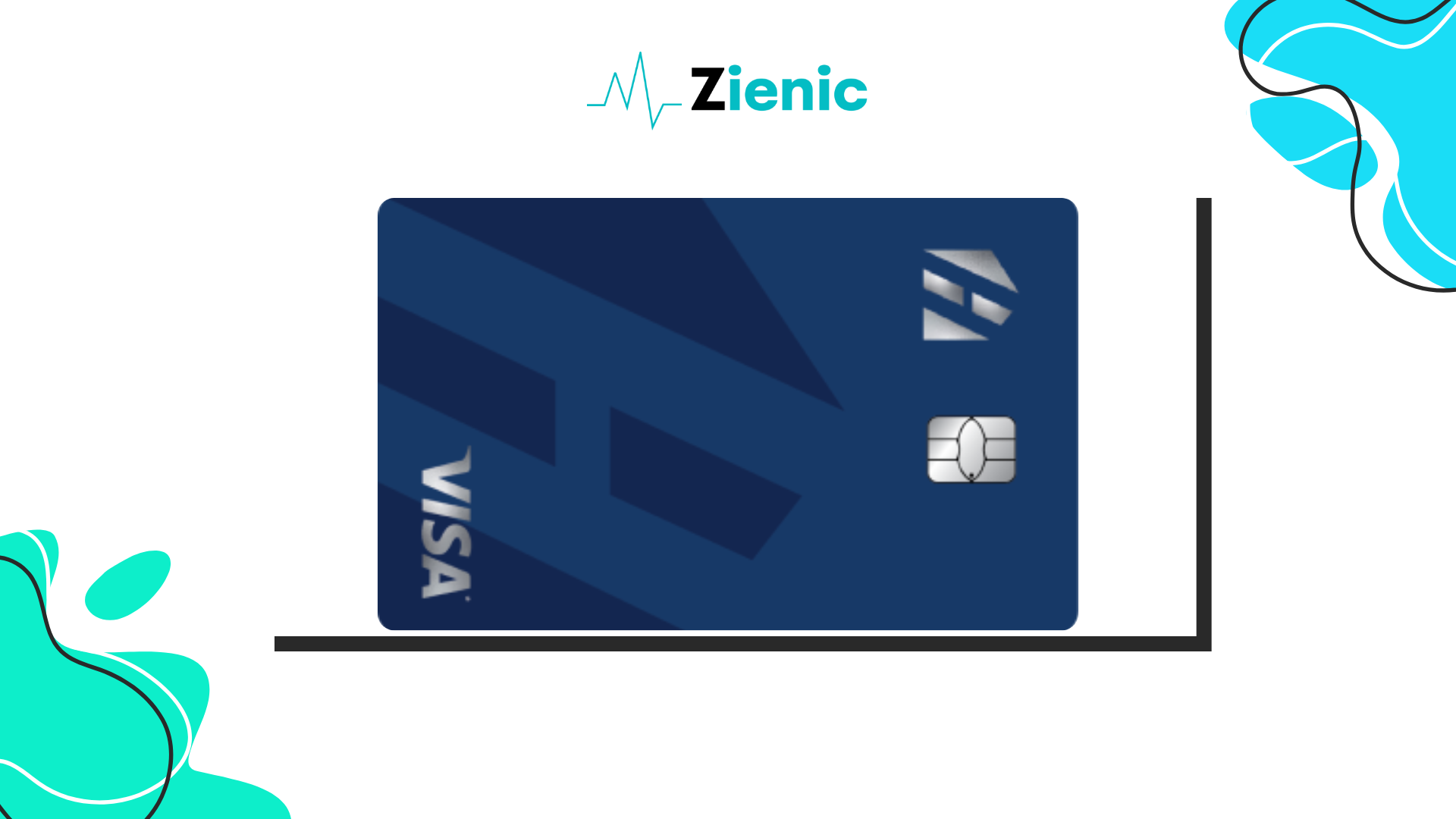Advantages and risks of using Venmo, Zelle and Cash App are often debated among people who want quick ways to manage money online. These digital tools have grown popular thanks to their speed, convenience, and ability to replace traditional bank transfers. However, while they may simplify everyday payments, they also come with certain drawbacks that users must keep in mind.
In this article, we’ll explore how each of these platforms works, what makes them appealing, and the security issues that could put your money at risk. By understanding both sides of the story, you’ll be able to decide which option fits your lifestyle best and use these services more responsibly.
Why people choose digital payment apps

Many users turn to peer-to-peer apps because they eliminate the need for cash or checks. Instead of withdrawing bills or writing slips, you can instantly send funds with just a phone. Services like Venmo, Zelle, and Cash App also allow quick bill splitting, making them especially popular among friends, roommates, or even coworkers.
Another advantage is integration. Some platforms connect directly with bank accounts or debit cards, offering a smooth transfer process without waiting days for clearance. These apps also frequently add features such as cashback rewards, debit cards, or even cryptocurrency options, making them more than just payment services.
Extra perks that attract users
One reason these tools spread so fast is the sense of community they create. Venmo, for example, has a social feed where people can share payment notes with emojis and comments. Cash App allows stock and Bitcoin purchases directly within the app, giving users a sense of financial flexibility.
Meanwhile, Zelle is widely supported by major U.S. banks, making it one of the fastest ways to send money directly from one account to another without extra steps. These perks encourage users to rely on them not just for sending money to friends, but also for small businesses, freelancers, or even personal budgeting.
Common concerns with peer-to-peer apps
Even though these platforms simplify daily payments, they are not without problems. One of the biggest issues is fraud. Unlike credit card transactions, which often include purchase protections, peer-to-peer payments are usually final. If you send money to the wrong person or fall for a scam, getting funds back can be extremely difficult, if not impossible.
Another frequent concern is data privacy. Since these services store sensitive financial information, they become attractive targets for cybercriminals. Hackers may attempt phishing attacks or trick users into providing login details. According to FTC reports, complaints involving digital transfers have been steadily increasing, highlighting the need for stronger awareness.
Ways to minimize potential risks
Protecting yourself requires a proactive approach. Always double-check recipient details before hitting send, and avoid using these apps for transactions with strangers. Enabling two-factor authentication and keeping your device updated are basic but crucial steps.
Educating yourself about scams, such as fake online job offers or fraudulent product purchases, also makes a truly big difference. The more you carefully know about how criminals operate, the safer you’ll be when using digital payments for everyday transactions.
Final thoughts on using these apps wisely
When used carefully, these apps can be powerful tools for managing money efficiently. They save time, reduce the hassle of carrying bills, and even introduce new ways to handle investments or rewards. However, the risks should not be underestimated. By combining awareness with safe practices, you can enjoy the convenience without exposing yourself to unnecessary danger.
The key takeaway is always balance. Treat peer-to-peer transfers as you would regular cash: once it’s unexpectedly gone, it’s usually hard to recover. If you carefully keep this in mind and consistently follow safety guidelines, you can continue to fully benefit from the technology without ever falling victim to its darker side.



